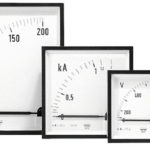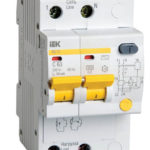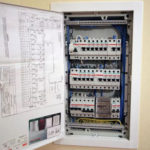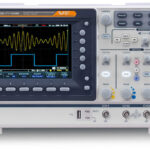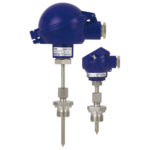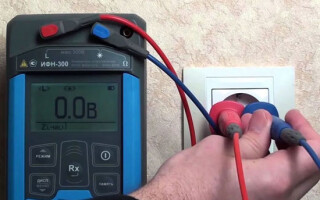Electrical appliances should work flawlessly if the electrical circuit complies with all norms and standards. But changes occur in the power lines, which over time affect the technical parameters of the network. In this regard, it is necessary to carry out periodic measurement of indicators and preventive maintenance of power supply. As a rule, they check the performance of the machines, RCD, as well as the parameters of the phase-zero loop. Details about the measurements, which instruments to use and how to analyze the results are described below.
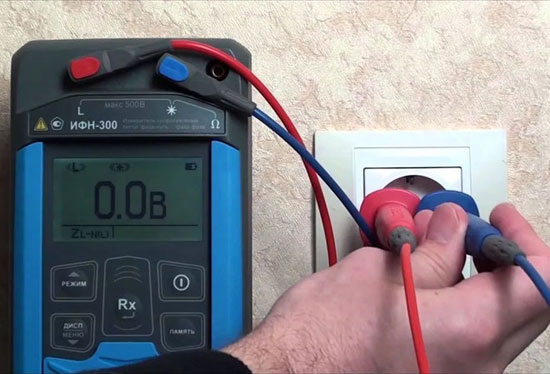
Content
What is meant by the term phase-to-zero loop?
According to the rules of the PUE in power substations with voltage up to 1000V with solidly grounded neutral it is necessary to regularly measure the resistance of the phase-zero loop.
A phase-zero loop is formed if the phase wire is connected to a neutral or protective conductor. As a result, a circuit with its own resistance is created, along which an electric current moves. In practice, the number of elements in a loop can be much larger and include circuit breakers, terminals and other connecting devices. If necessary, you can calculate the resistance manually, but the method has several disadvantages:
- it is difficult to take into account the parameters of all switching elements, including switches, circuit breakers, circuit breakers, which could change during the operation of the network;
- it is not possible to calculate the effect of the emergency on the resistance.
The most reliable way is to measure the value using a verified apparatus, which takes into account all the errors and shows the correct result. But before starting the measurement, it is necessary to do the preparatory work.
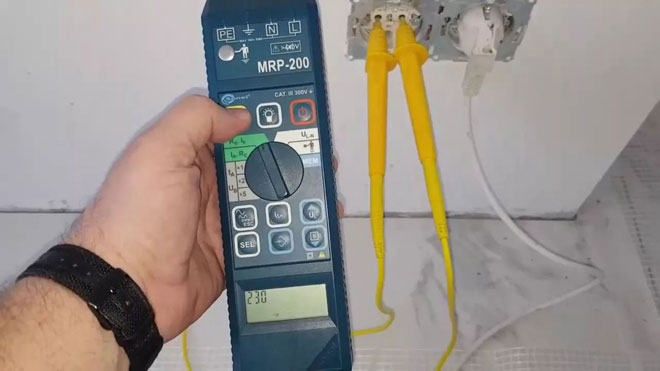
Why check the resistance of the phase-zero loop
Checking is necessary for preventive purposes, as well as to ensure the correct operation of protective devices, including circuit breakers, RCDs and differential automata. The result of measuring the phase-zero loop is the practical determination of the resistance of the power line to the machine. Based on this, the short-circuit current is calculated (network voltage divided by this resistance). After that, we conclude: can the machine that protects this line turn off during a short circuit.
For example, if a C16 circuit breaker is installed on the line, then the maximum short circuit current can be up to 160 A, after which it will trip the line. Suppose, as a result of the measurement, we obtain the resistance value of the phase-zero loop equal to 0.7 Ohm in a 220 V network, that is, the current is 220 / 0.7 = 314 A.This current is more than 160 A, so the machine will turn off before the wires start to burn, and therefore we consider that this line is normal.
Important! High resistance is the cause of false operation of protection, heating of cables and fire.
The reason may lie in external factors that are difficult to influence, as well as in the discrepancy between the protection rating and the current parameters. But in most cases, the matter is in internal problems. The most common reasons for erroneous operation of automatic machines:
- loose contact on the terminals;
- mismatch of current to the characteristics of the wire;
- decrease in wire resistance due to obsolescence.
The use of measurements allows obtaining detailed data about network parameters, including transient resistances, as well as the influence of circuit elements on its performance. In other words, the phase-zero loop is used to prevent protective devices and correctly restore their functions.
Knowing the parameters of the circuit breaker of a particular line, after the measurement, we can say with confidence that can the machine work in case of a short circuit or will the wires start burning.
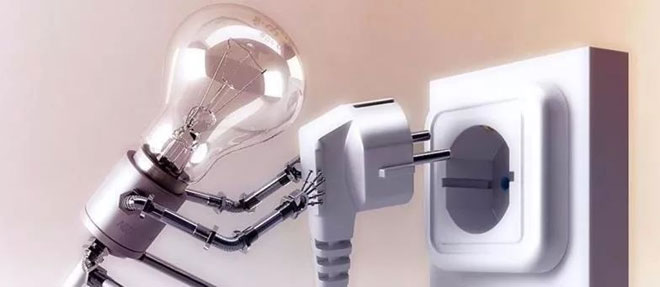
Frequency of measurements
Reliable operation of the electrical network and all household appliances is possible only if all parameters comply with the standards. Periodic checking of the phase-to-zero loop is required to ensure the desired performance. Measurements are taken in the following situations:
- After putting the equipment into operation, repair work, modernization or maintenance of the network.
- When requested by service companies.
- At the request of the consumer of electricity.
Reference! The frequency of inspection in aggressive conditions is at least once every 2 years.
The main task of measurements is to protect electrical equipment, as well as power lines from heavy loads. As a result of the increase in resistance, the cable begins to heat up strongly, which leads to overheating, triggering of automatic machines and fires. The value is influenced by many factors, including the aggressiveness of the environment, temperature, humidity, etc.
What devices are used?
To measure phase parameters, special verified devices are used. The devices differ in measurement methods, as well as design features. The most popular among electricians are the following measuring instruments:
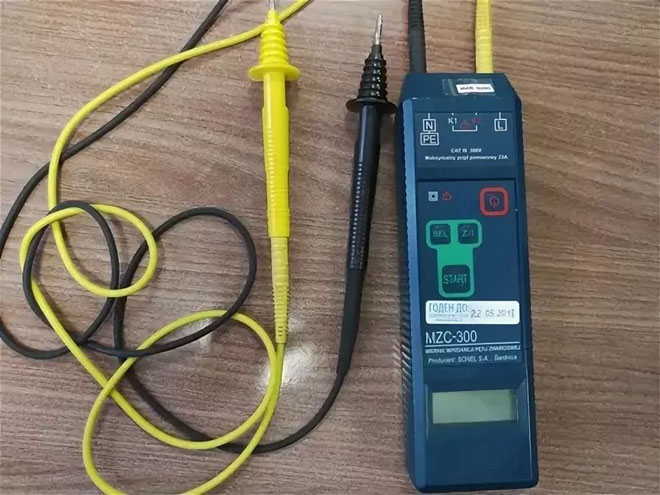
- M-417. Proven by experience and time, a device designed to measure resistance without turning off the power source. Of the features, ease of use, dimensions and digital indication are distinguished. The device is used in any AC networks with a voltage of 380V and tolerances of 10%. M-417 automatically opens the circuit for an interval of up to 0.3 seconds for measurements.
- MZC-300. Modern equipment for checking the condition of switching elements. The measurement technique is described in GOST 50571.16-99 and is to simulate a short circuit. The device works in networks with a voltage of 180-250V and fixes the result in 0.3 seconds. For greater reliability, indicators of low or high voltage are provided, as well as protection against overheating.
- IFN-200. Microprocessor-controlled device for measuring the resistance of a phase-to-zero loop without turning off the power. A reliable device guarantees the accuracy of the result with an error of up to 3%.It is used in networks with voltage from 30V to 280V. Additional advantages include the measurement of short-circuit current, voltage and phase angle. Also, the INF-200 device remembers the results of the last 35 measurements.
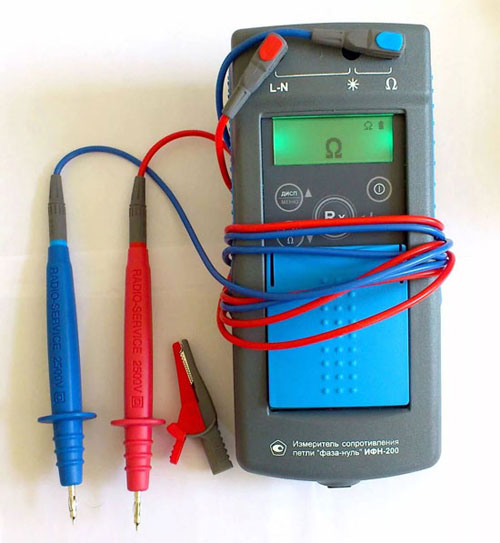
Important! The accuracy of the measurement results depends not only on the quality of the device, but also on compliance with the rules for implementing the chosen technique.
How is phase zero loop resistance measured?
Loop performance measurement depends on the chosen technique and instrument. There are three main ways:
- Short circuit. The device is connected to the working circuit at the most distant point from the input shield. To obtain the desired indicators, the device produces a short circuit and measures short circuit current, the time of operation of the machines. Parameters are automatically calculated based on the data.
- Voltage drop. For this method, it is necessary to turn off the network load and connect the reference resistance. The test is carried out using an instrument that processes the results obtained. The method is considered one of the safest.
- Ammeter-voltmeter method. A rather complicated option, which is carried out with the voltage removed, and a step-down transformer is also used. Closing the phase wire to the electrical installation, measure the parameters and make calculations of the characteristics using formulas.
Measurement technique
The simplest technique is considered to be a voltage drop in the network. To do this, a load is connected to the power supply line and the necessary parameters are measured. This is a simple and safe way that does not require special skills. Measurement can be carried out:
- between one of the phases and the neutral wire;
- between phase and PE wire;
- between phase and protective earth.
After connecting the device, it begins to measure the resistance. The required direct parameter or indirect results will be displayed on the screen. They must be saved for later analysis. It should be borne in mind that the measuring devices will lead to the operation of the RCD, therefore, before testing, they must be shunted.
Reference! The load is connected to the most distant point (socket) from the power supply.
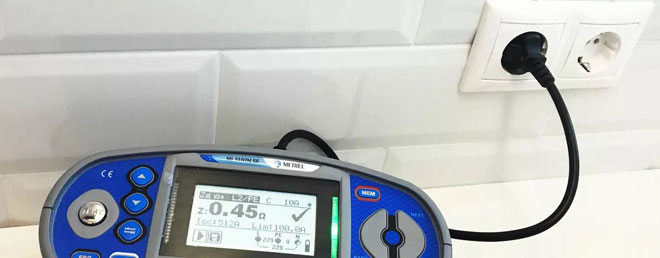
Analysis of measurement results and conclusions
The obtained parameters are used to analyze the characteristics of the network, as well as its prevention. Based on the results, decisions are made to upgrade the transmission line or continue operation. The main possibilities are the following:
- Determining the security of the network and the reliability of protective devices. The technical serviceability of the wiring and the possibility of further operation without intervention are checked.
- Search for problem areas for the modernization of the power supply line of the premises.
- Determination of network upgrade measures for the reliable operation of circuit breakers and other protective devices.
If the indicators are within the normal range and the short-circuit current does not exceed the cut-off indicators of the machines, no additional measures are required. Otherwise, it is necessary to look for problem areas and eliminate them in order to ensure the operability of the switches.
Measurement protocol form

The last step in measuring the resistance of the phase-zero loop is to record the readings in the protocol. This is necessary in order to save the results and use them for future comparisons.Information about the date of the test, the result obtained, the device used, the type of release, its measurement range and accuracy class are entered into the protocol.
At the end of the form, the results of the test are summed up. If it is satisfactory, then the conclusion indicates the possibility of further operation of the network without taking additional measures, and if not, a list of necessary actions to improve the indicator.
In conclusion, the importance of loop resistance measurements must be emphasized. Timely search for problem areas of power lines allows you to take preventive measures. This will not only secure the work with electrical appliances, but also increase the life of the network.
Similar articles:
